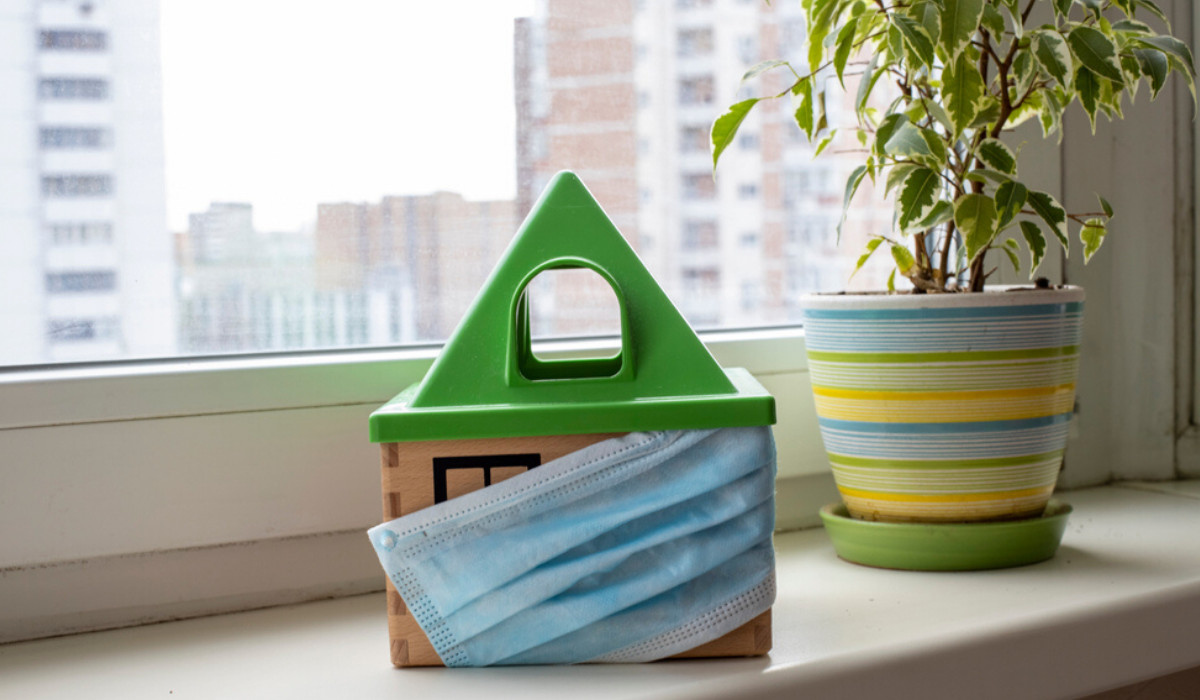Impact of Corona virus on Real Estate
Share Impact of Corona virus on Real Estate
The destructive impact of the second wave of COVID-19 in India will halt price growth by crushing demand and eliminating profits provided by manufacturers by the government.
Commodity prices in many Indian cities increased during April-June 2021, amidst the second wave of the Coronavirus epidemic that puts pressure on supply, forcing manufacturers to raise prices.
The property will be selling at a lower price
According to a message released by Trade and Industry Minister Piyush Goyal on June 3, 2020, builders need to sell housing projects at reduced prices and release high-quality stocks that have not been sold. The minister said the government might give permission for circle prices, to reduce their burden but they needed to be seen to be able to lower prices.
"If any of you hear that the government will be ready to fund it in such a way that you can hold on for a long time and wait for the market to develop - because the market is not developing fast - your best bet is to sell”.
Goyal made the remarks during a video conference organized by the National Land Development Council (NAREDCO).
The cost of supply increases has increased
Delays in projects on cards such as the supply of building materials exported to India from China are hampered by the epidemic and amid growing tensions between the two countries. The impact of the goods will be most pronounced on luxury housing projects that rely heavily on the supply of furniture from China, the country where the source of infection has been tracked. The time gap will not only delay housing projects needs.
An increase in the price of basic food can increase prices
Meanwhile, the spike caused by the epidemic in the prices of essential materials, such as steel, cement, plastic, man-made polymers and structures, etc., puts pressure on builders to raise prices for recent projects. Shortages only make matters worse.
Apart from this, the price of copper and aluminum has also increased, which has contributed to construction costs. At a time when the critical asset industry is already feeling the pressure of the second wave and therefore closing limits, rising prices for immature goods will put the brakes on gaining an important asset.
The interest rate is a low record, buying at home is expensive
The RBI reduced the repo rate to 4%, making borrowing cheaper for home buyers. As a result, interest rates are already as low as 6.95%. This will serve as an incentive for consumers to replace the asset with a price advantage, where clarity about the impact of COVID-19 on the labor market is understood.
Correction of stamp function
In an effort to improve consumer sentiment and reduce consumer spending costs, some states have also announced a reduction in stamps - taxes that consumers have to pay to the government because of the percentage of work value - after the Coronavirus epidemic.
Housing prices seem to be rising
As India continues its Coronavirus vaccination campaign, the positive impact of the vaccine program will once again be felt in the housing market.
If the increase in housing availability is an indication, the housing sector in India is likely to see better installation and supply during the period January-March 2021, the small impact of the Coronavirus epidemic on this sector nonetheless.
While the RBI continues to maintain the repo rate of up to 4%, homebuyers can now get home loans at an average rate of 6.65% of the annual interest rate. This compares with the 8% interest rate seen in January 2020. Inflation in the housing sector has also been under pressure for the past year, due to the impact it wants.
In a report entitled 'India Real Estate Outlook - A New Growth Cycle', property company JLL India has also indicated that the provision of new housing by 2021 will continue to be in the lower and middle class, as engineers try to reap the benefits of solid rest.
With most rating agencies conducting a high-profile review of India's growth forecast, recovery in the country's housing sector could also be better and faster than expected.
On March 24, 2021, Fitch Ratings reviewed India's growth rate from 2021-22 to 12.8%, from the previous 11%, stating that 'strong carryover effect, unstable financial situation, and better virus detection' led to growing speculative growth. Many other rating agencies and think tanks around the world, including Moody's Analytics and the Organization for Economic Co-operation and Development (OECD), have also made significant changes in India's growth rates, amid growing budgets.
With economic growth and the strength of proof of employment, the momentum in real estate sales could continue in 2021, the preferred housing company choose.
Forecast for the year 2021-2022
The year 2021 was set to be a year of recovery, so confidence was backed up by a vaccination campaign launched by the Union Government. However, the recent rise in various pockets in India has forced the investment community to remain vigilant.
The availability of credit in the real estate sector has come together with key factors hindering expansion. The already uncertain areas encouraged by the resurgence of the epidemic have forced financial institutions to avoid risky investments. This could exacerbate the already complex financial sector. Alternatively, the closure of restrictions on construction projects will inevitably affect the planned delivery of land projects across the country.
Although the epidemic has had a major impact on the sector in 2020-2021, better days are expected in the year 2022. Among the growing importance of home ownership among buyers and investors, the need for accommodation will be higher over the next year.
Request a Call Back

